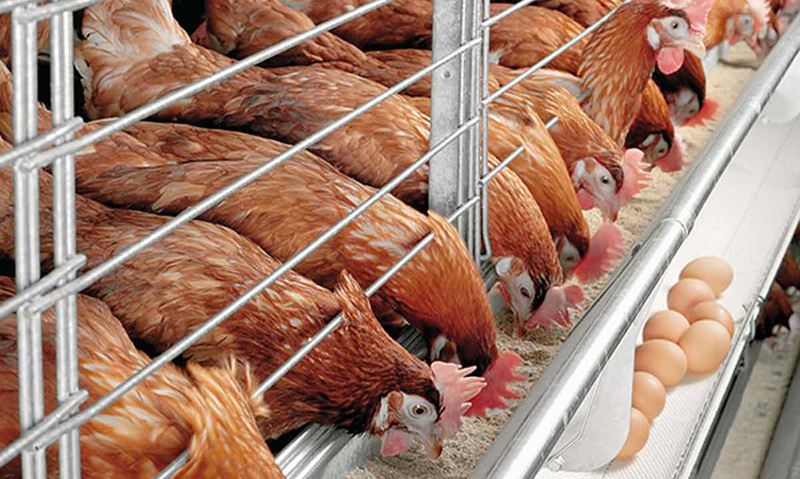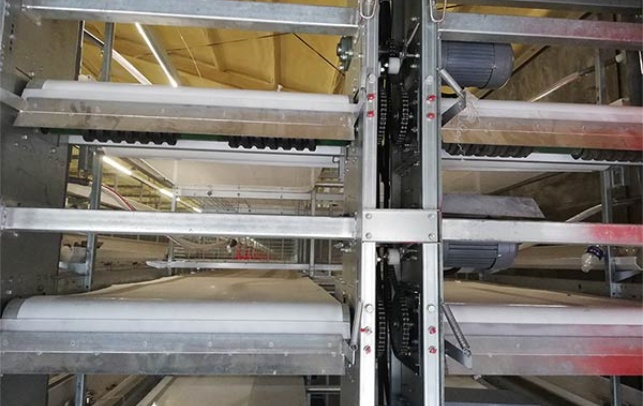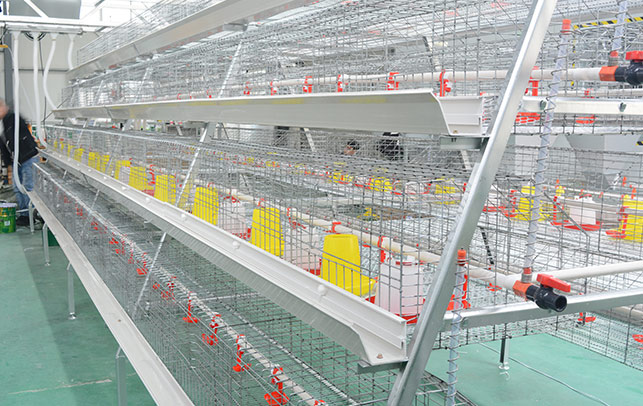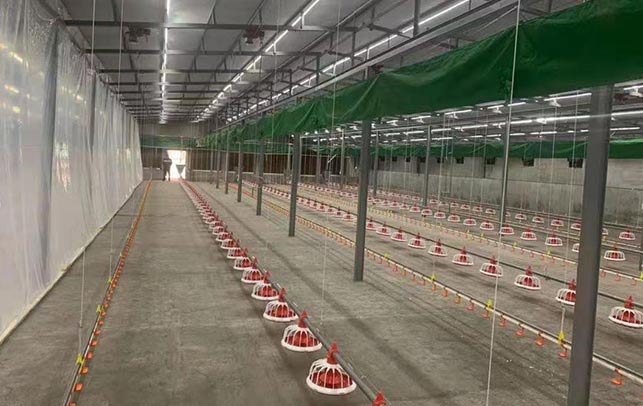The Best Environment for Chickens to Lay Eggs
Time : 2024-08-23
Creating the ideal layer breeding environment is crucial for maximizing egg production in chickens. Proper management of this environment ensures that hens are not only comfortable but also healthy, which directly influences their laying patterns. This article will explore various aspects contributing to the best environment for chickens to lay eggs, including housing, nutrition, lighting, and overall health management.
1. Housing Conditions
The type of housing provided for layer chickens significantly impacts their productivity and well-being. The best environment for chickens to lay eggs begins with a clean, spacious, and well-ventilated coop. Here are some essential factors to consider:
Space Requirements
Chickens need adequate space to move around freely. A crowded coop can lead to stress, aggression, and even pecking among hens, which can adversely affect egg production. As a rule of thumb, each hen should have at least 2 to 3 square feet inside the coop and an additional 8 to 10 square feet in an outdoor run.
Ventilation
Proper ventilation is vital for maintaining air quality within the coop. Good airflow helps reduce humidity and ammonia buildup from waste, which can impact the health of the chickens. Ensure that the coop has windows or vents that can be opened during warm weather, while still protecting the hens from predators and harsh weather conditions.
Nesting Areas
Providing comfortable nesting boxes is essential for encouraging hens to lay eggs. Boxes should be dark, quiet, and private, allowing hens to feel secure while laying. A general guideline is to provide one nesting box for every three to four hens. Fill these boxes with clean straw or wood shavings to absorb moisture and provide comfort.

2. Nutrition and Feed Management
A critical factor in achieving the best environment for chickens to lay eggs is ensuring proper nutrition. Hens require a balanced diet rich in essential nutrients to support egg production. Here are key components to consider:
Layer Feed
Feeding hens a specialized layer feed is crucial as it contains higher levels of calcium, protein, and other vitamins and minerals necessary for optimal egg production. Calcium is particularly important for strong eggshell formation. Aim for a feed with at least 16% protein and a calcium content of about 3.5% to 4%.
Fresh Water
Access to clean, fresh water is equally important. Dehydration can lead to decreased egg production and overall health issues. Ensure that chickens have constant access to fresh water and regularly clean the water containers to prevent contamination.
Treats and Supplements
While the primary diet should consist of layer feed, providing occasional treats such as fruits, vegetables, and grains can enhance their diet and keep them happy. Additionally, consider adding supplements like oyster shells to further boost calcium intake, especially if hens are experiencing thin-shelled eggs.
3. Lighting Considerations
Lighting plays a significant role in influencing the reproductive cycle of hens. Natural daylight affects hormone levels that regulate egg production. To create the best environment for chickens to lay eggs, consider the following:
Day Length
Hens typically require 14 to 16 hours of light per day to maintain optimal egg production. During shorter days in winter, you may need to supplement natural light with artificial sources. Use timers to ensure consistent lighting schedules, mimicking longer days to encourage continued laying.
Light Intensity
The intensity of light can also impact egg production. Bright, consistent light encourages activity and feeding, which supports egg laying. However, avoid overly harsh lighting, as this can cause stress. A soft, warm white light is often ideal for chicken coops.
4. Health and Biosecurity Measures
Maintaining a healthy flock is fundamental to achieving the layer breeding environment conducive to egg production. Implement biosecurity measures and health management practices to protect your chickens from diseases and stress:
Regular Health Checks
Conduct regular health checks on your hens to monitor for signs of illness or distress. Pay attention to their behavior, feather condition, and overall appearance. Early detection of health issues can prevent widespread disease and maintain a productive flock.
Vaccinations and Parasite Control
Ensure that your hens are vaccinated against common diseases and regularly check for parasites, such as mites and worms. Maintaining a routine schedule for vaccinations and deworming can greatly improve the health of your flock, thereby enhancing egg production rates.
Stress Reduction
Stress is a significant factor affecting egg production. Minimize stressors by maintaining a calm environment, avoiding sudden changes, and handling chickens gently. Providing dust baths can also help reduce stress levels and promote overall well-being.
Conclusion
Creating the best environment for chickens to lay eggs involves careful consideration of multiple factors, including housing, nutrition, lighting, and health management. By focusing on these areas, you can establish a layer breeding environment that promotes comfort, health, and productivity. Ensuring your hens thrive will ultimately lead to increased egg production and a successful poultry operation.











